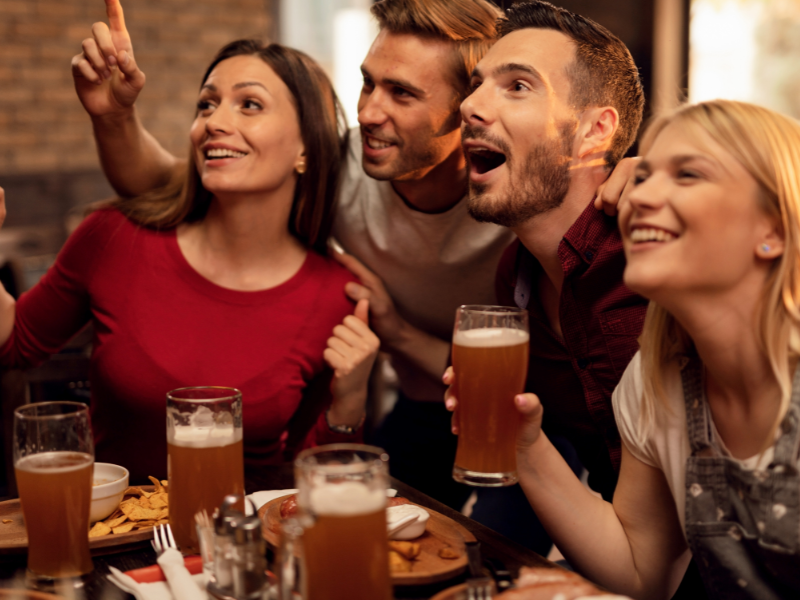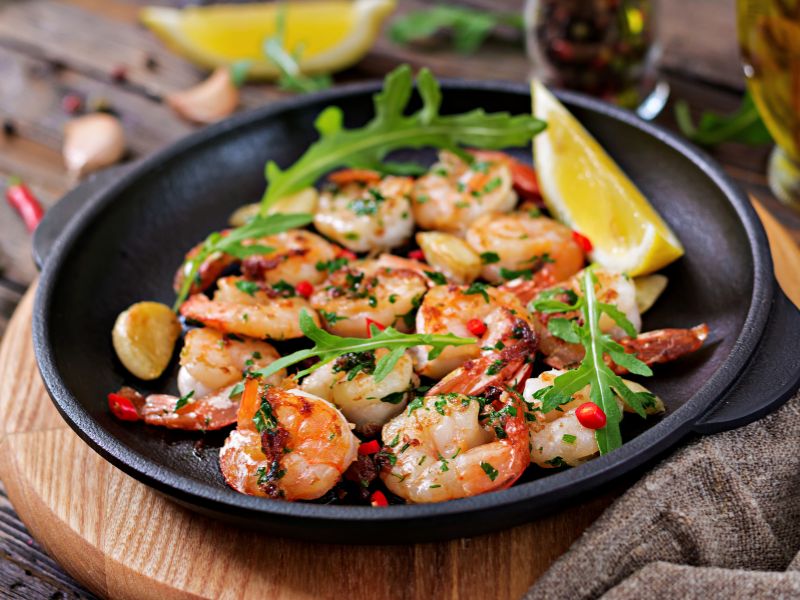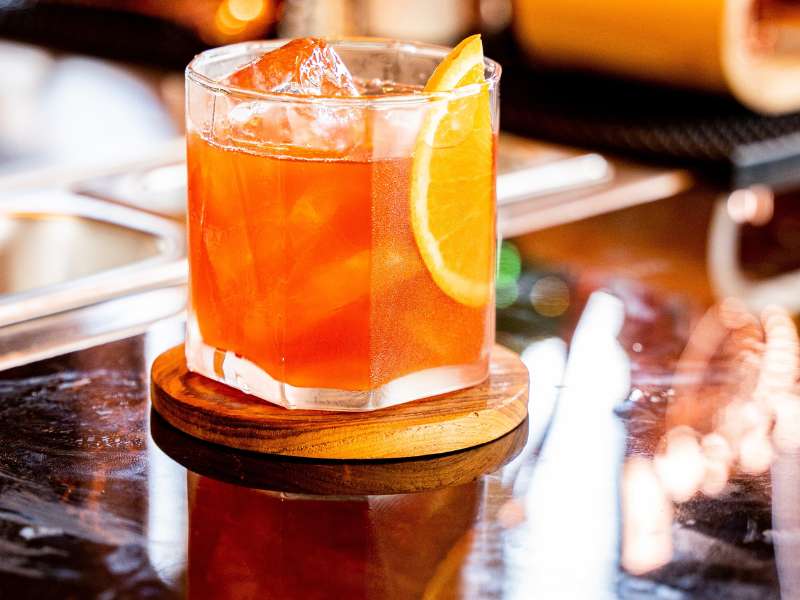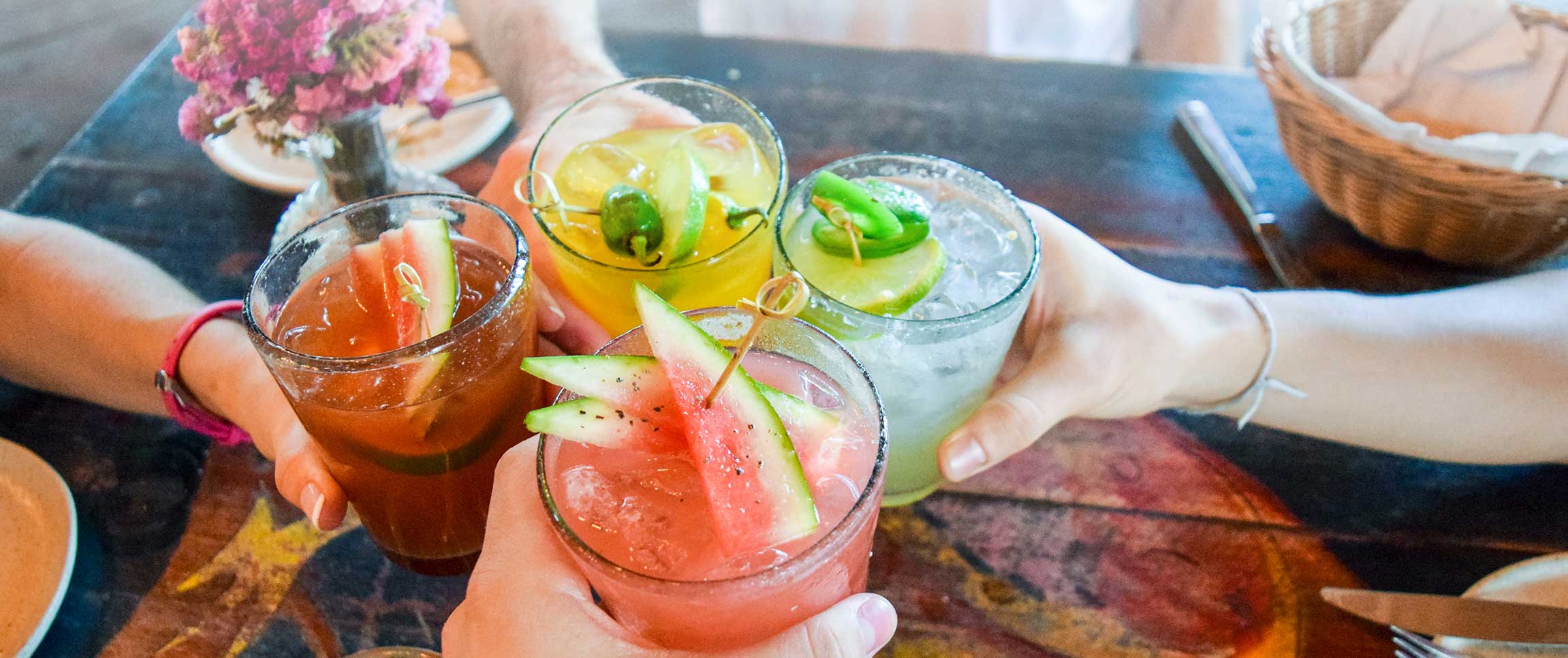Alcohol sales traditionally are the cushions restaurants rely on to boost profit margins, and even with the curveball that is COVID, that concept is no different.
What is different is that alcohol laws have loosened to previously unimaginable levels, and operators are jumping on the frosé wagon and investing in slushee machines to make portable adult beverages.
With all the changes currently happening, what can you do to prop up your alcohol sales cushion and navigate the uncertain waters ahead?
Cocktails-To-Go
Nothing has evolved faster in the COVID era than takeaway cocktails. What was at first little Mason jars and a bottle of soda has gone through a professional makeover in a few short months. Restaurants have partnered with local craft breweries and distilleries to literally mix and bottle their craft cocktails. From Negronis to classic highballs, canned cocktails have been a hit add on for to-go and delivery orders. Pre-packaged cocktails can add to eateries’ commitments to limiting exposure and contact points.
In addition to bottling and canning, many restaurants have taken to using plastic juice pouches, often now available with the restaurant’s branding and logo. Frosé, slushees, daiquiris and margaritas are all popping up in these pouches — easy enough to use most parents don’t even need to ask their kids to put the straw in for them.
Gowlers-To-Go
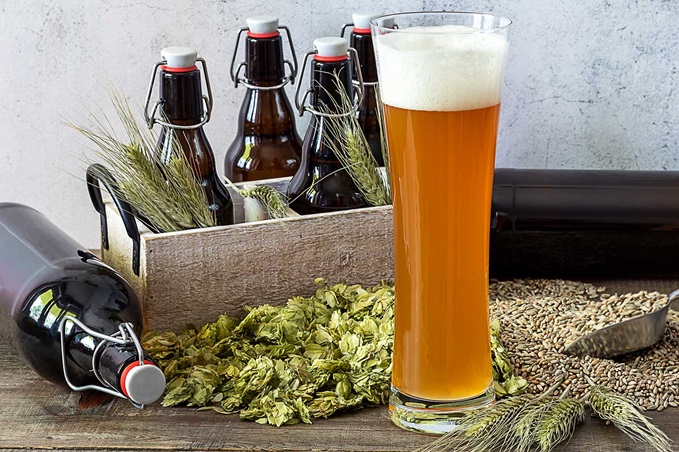 Many restaurants have partnered with local craft breweries for much of their beer on tap. Utilizing the equipment you already have on hand to fill growlers is the perfect way to make up for lost beer sales on to-go/delivery orders or for the dine-in people to take home to finish off the night.
Many restaurants have partnered with local craft breweries for much of their beer on tap. Utilizing the equipment you already have on hand to fill growlers is the perfect way to make up for lost beer sales on to-go/delivery orders or for the dine-in people to take home to finish off the night.
Wine-To-Go
COVID has left your in-house wine professional in a bit of a quandary. Much of wine sales requires gauging the diner, what they’re eating and if there’s a celebration happening. Pared down wine lists with lower price points have been hits with both owners and diners.
To drive sales even further and make up for all the lost by-the-glass sales, pre-curated three packs have exploded in popularity. Your sommelier might create several packs to choose from with catchy names to impart the style of each pack. Or, to help deal with rapidly changing inventory on hand, let them choose a color (red, white, rose, or a mix) and then establish a regular and premium price point.
Monday and Tuesday used to be prime nights for wine dinners. Take a page from corporate America and conduct a wine class by Zoom. Put together boxes of one/two glass servings of wine, add some tasty nibbles or cheeses, instructions for proper chilling or storage along with a handy map of the region the wines or other instructional material plus the Zoom login code for the big night. With people in need of more human contact but still anxious about crowds, this is a great way to engage a larger number of people.
Happy Hour
Happy hour is a great way to fill those seats, but in an age of reduced seating and increased to-go/delivery orders is it really something you want to do? In a word, yes. Many restaurants have shifted their hours to an 8 p.m., closing with prime dining hours earlier than the historical norms. A well-designed happy hour can help lessen those spikes and keep your kitchen busy during otherwise slower hours.
Offering $5 off a three pack of wine, waving the bottle deposit on a growler, or a couple of bucks off a craft cocktail for orders picked up before 5 p.m., or after the lunch rush can help keep your staff busy during quiet times.
There has been a huge change in the way this country dines with the popularity of eating good restaurant food at home being a much larger part of the equation then it once was. Making sure those customers have a refreshing drink is a great way to ensure you have a healthy bottom line.
